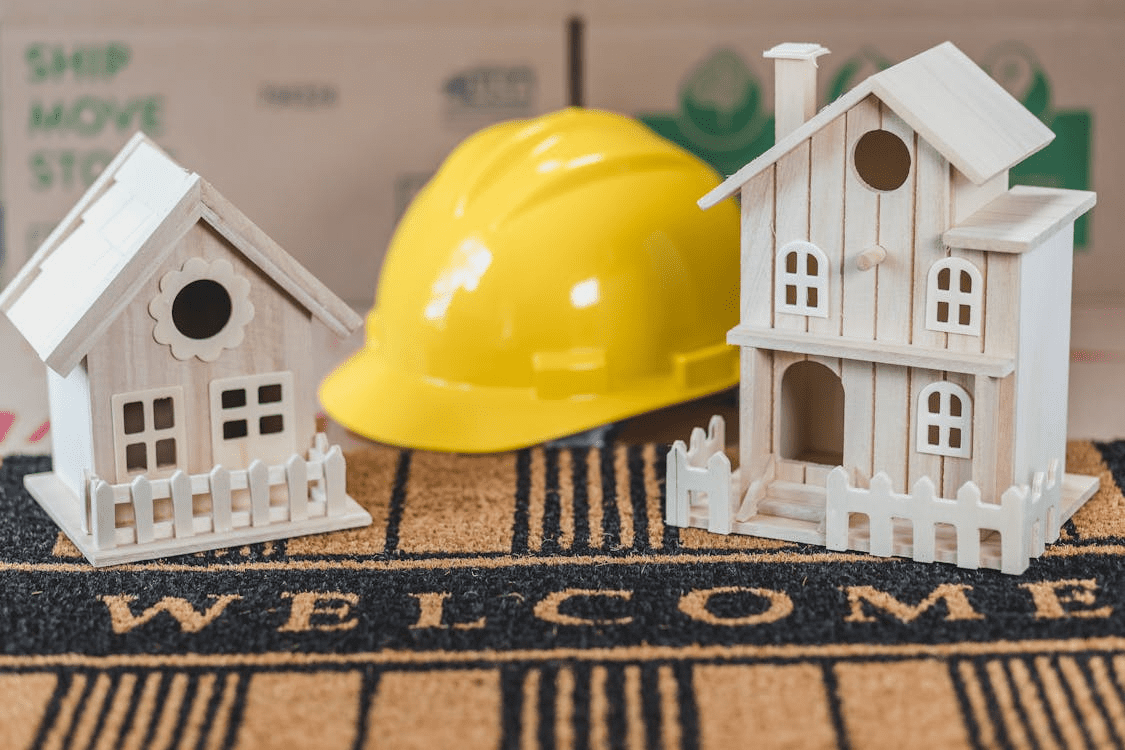The world of real estate continues to evolve rapidly—and nowhere is this more evident than in new construction financing. As builders, developers, and investors look for smarter ways to fund projects, lenders and financing platforms are adapting to meet the changing landscape.
In high-growth markets like San Diego, staying ahead of financing trends can give investors a competitive edge. Whether you’re a developer breaking ground on a luxury community or an investor building infill property, understanding what’s new in construction loans and how to leverage emerging tools will be key in 2025.
Here are the top trends shaping the future of new construction financing and what they mean for your next project.
1. Tech-Driven Loan Platforms
Fintech continues to disrupt traditional lending models, and new construction financing is no exception. In 2025, we’re seeing a rise in digital platforms that streamline the loan process from application to draw disbursement.
These platforms use AI to evaluate risk, automate approvals, and facilitate faster communication between borrowers, builders, and lenders. As a result, timelines for construction loans are shrinking, giving developers the flexibility to move faster in competitive markets like San Diego.
Expect more mobile apps, cloud-based draw management tools, and even AI-powered underwriting processes to continue gaining traction in the construction lending space.
2. Sustainability-Linked Loans
As environmental concerns grow, so does demand for green buildings—and financing is following suit. One of the biggest trends in new construction financing is the rise of sustainability-linked loans (SLLs). These loans offer lower interest rates or financial incentives for projects that meet eco-friendly criteria.
From energy-efficient HVAC systems to solar integration and LEED-certified designs, borrowers in San Diego are increasingly opting for loans that reward sustainable practices. Lenders are recognizing that eco-conscious projects often perform better long-term, which makes these projects more attractive investments.
3. Shorter Loan Cycles and Faster Draws
With technology speeding up approvals, loan disbursements are also getting faster. In 2025, many lenders are optimizing their draw schedules for speed and efficiency, especially for construction loans.
Rather than waiting weeks for a draw request to be reviewed and released, borrowers now have access to faster funding for each phase of construction. This is particularly beneficial in markets like San Diego, where construction timelines are tight and materials and labor need to be paid promptly to stay on schedule.
4. Increased Customization of Loan Terms

One size no longer fits all. As investor strategies become more diverse, so too do the options in new construction loans. Lenders in 2025 are offering more customized loan terms, including flexible draw schedules, interest-only payment periods, and hybrid loan products that bridge into permanent financing.
This customization allows developers and investors to align their loan terms with project timelines, sales cycles, and exit strategies, providing better financial control and reduced risk.
5. Integration with Project Management Tools
Loan providers are now partnering with popular project management platforms to integrate financing directly into the workflow. Think of it as syncing your construction loans with your Gantt chart.
This allows for real-time updates, improved oversight, and better collaboration between lenders, builders, and stakeholders. For projects in bustling cities like San Diego, this integration reduces communication breakdowns and keeps large-scale developments on track.
6. More Access for Small and Mid-Sized Builders
Historically, smaller builders struggled to get favorable financing compared to larger firms. But in 2025, more lenders are focusing on leveling the playing field. Fintech lending platforms and private lenders are offering new construction loans with lower entry barriers, tailored specifically for smaller-scale projects.
This is particularly relevant in San Diego, where infill development, duplex builds, and small multifamily properties are popular due to space constraints. With accessible financing, local builders can now compete more effectively in a market traditionally dominated by large developers.
7. Rising Interest in Modular and Prefab Construction
The push for faster, more affordable construction methods has brought modular and prefab buildings into the spotlight. With faster build times and lower labor costs, these approaches are changing how construction loans are structured.
Lenders are now adapting to modular construction timelines and funding schedules, making it easier for developers to secure capital that matches off-site manufacturing timelines. As demand for quick-turn properties increases in San Diego, expect to see even more growth in this area.
8. Hybrid Loan Models
Another emerging trend in new construction financing is the introduction of hybrid loan models that combine short-term construction financing with long-term hold strategies. These products help investors save on closing costs and streamline the transition from development to rental or resale.
For example, an investor building a four-unit property in San Diego might start with a construction loan and automatically convert it into a long-term rental loan after project completion—without going through a second underwriting process.
This approach simplifies the financing journey and helps investors hold assets longer without refinancing hassles.
9. Market-Specific Loan Programs
Lenders are recognizing the need for market-specific loan products that take into account local regulations, housing needs, and demand cycles. In San Diego, this has led to the introduction of new construction loans that are designed for urban infill, accessory dwelling units (ADUs), and mixed-use developments.
As municipalities adjust zoning laws to increase housing density, financing options are also evolving to support these projects. Developers who understand local policy shifts and match them with the right loan programs will have an advantage in 2025.
10. Emphasis on Education and Borrower Support
In 2025, lenders aren’t just offering money—they’re also offering knowledge. Many are now providing educational resources, coaching, and advisory services to help borrowers better understand their new construction financing options.
From webinars and digital courses to dedicated account managers, this added support ensures that borrowers can make informed decisions and avoid common pitfalls. For builders in fast-changing markets like San Diego, having a knowledgeable lending partner can be the difference between success and stagnation.
Let’s Build Smarter—Together

We at Insula Capital Group understand that keeping up with financing trends isn’t just helpful—it’s essential. That’s why we’re committed to helping builders and investors like you stay ahead with fast, flexible, and strategic loan solutions. Our new construction financing options are tailored to meet the demands of today’s market—especially in high-growth areas like San Diego.
From application to final draw, we move with your timeline and provide the support you need to build with confidence. Whether you’re breaking ground on your first project or expanding your portfolio, we’re ready to be your funding partner every step of the way.
Let’s bring your next project to life. Contact us today, and let’s get started.




